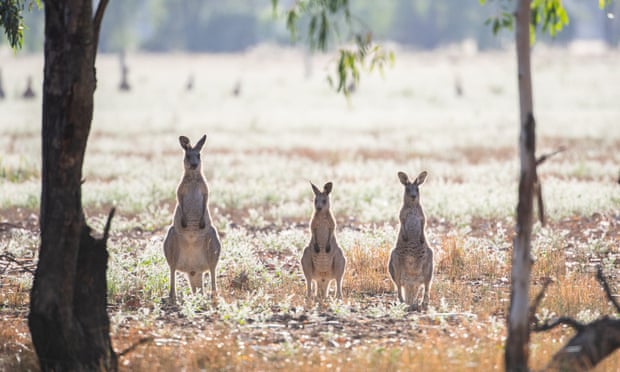The unusual visit occurred at the Polish research station in Hornsund, southern Svalbard, where meteorologist Katarzyna Kudłacz was on station duty.
Preparing breakfast, Kudłacz was stunned to see a female polar bear and her two cubs peering curiously through the station’s window.
The serene moment was captured in photographs, showing one of the bears with its paw gently resting on the glass, a mundane scene of board games lying inside, adding a surreal contrast to the wild spectacle.
Describing the encounter, Kudłacz emphasized the importance of maintaining a respectful distance from these majestic creatures, despite the bears showing no signs of aggression.
To ensure safety and minimize interaction, the research team resorted to using a flare gun to encourage the bears to move on.
This event is part of a larger trend observed by the 46th Polish polar expedition team, led by Daniel Kępski, which has noted an increase in polar bear sightings this year.
Typically, the team encounters around 20 bears annually, but this year the count has nearly doubled since June.
Kępski attributes this uptick to a healthier sea ice environment, vital for the bears’ hunting and survival.
The incident serves as a reminder of the ongoing changes in the Arctic environment and the resilience of its inhabitants.
It also underscores the importance of coexistence and the need for continued research and Conservation efforts to protect these magnificent animals and their habitat.
As the Arctic continues to evolve, stories like these offer a glimpse into the challenges and wonders of living and working in one of the planet’s most extreme frontiers.
This article by Nicholas Vincent was first published by One Green Planet on 7 April 2024. Image Credit :Zhiltsov Alexandr/Shutterstock.
What you can do
Help to save wildlife by donating as little as $1 – It only takes a minute.







Leave a Reply